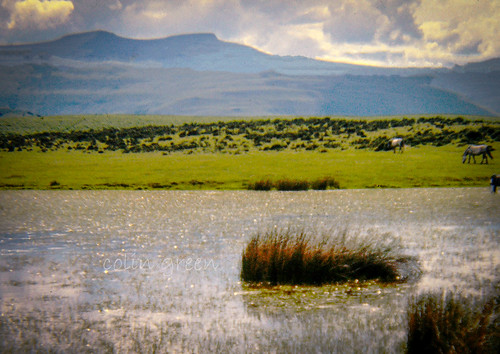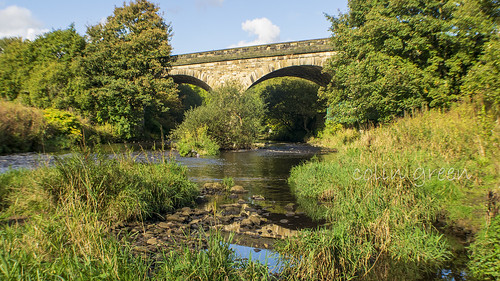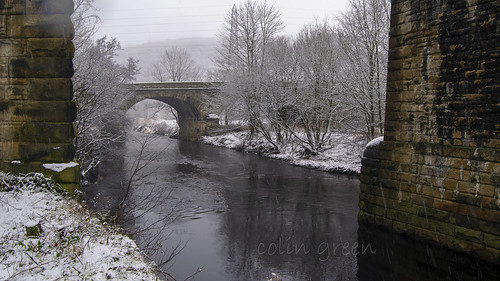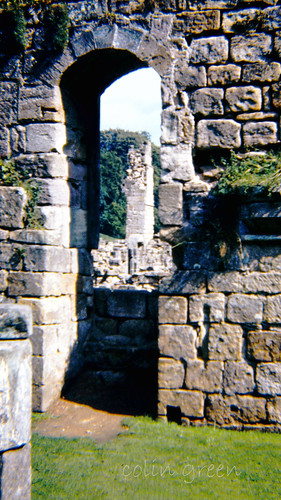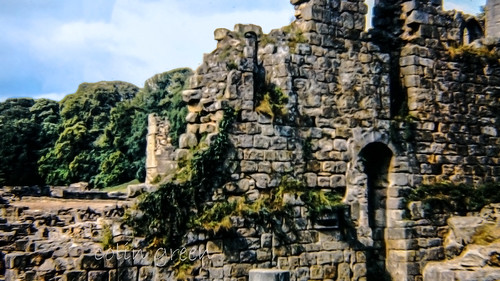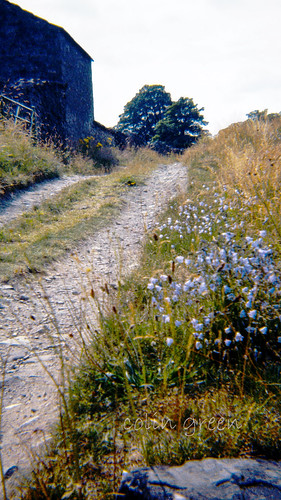I recently came across a fascinating vintage postcard in my collection, offering a small window into the past. The postcard depicts the Prince of Orange Monument, a prominent landmark on the seafront at Brixham, Devon.
The Postcard's Message
Postmarked August 1935, and sent from Paignton, the card is addressed to:
Miss Joan Harding, Ivy Lodge, West Malvern, Worcestershire.
The message on the back, though slightly faded, reveals a personal touch:
Here is a picture for your scrap book on holiday memories, for your history project book. I saw the statue on holiday when I went to Brixham. I also watched the fishermen cleaning the nets on the quay. Brixham is such a quaint place. I am delighted to hear you are better. Love from W.U.
The Prince of Orange Monument
The postcard's subject, the Prince of Orange Monument, commemorates a significant event in English history. It marks the landing of William of Orange and his army in Brixham on November 5th, 1688. This event was the start of the Glorious Revolution, which saw William take the throne as King William III of England on April 11th, 1689.
The monument itself is a striking white marble statue standing on a granite pedestal. The statue depicts William, Prince of Orange. The monument was erected in 1888-1889. The south-west face of the pedestal has an inscription:
WILLIAM PRINCE OF ORANGE, AFTERWARDS WILLIAM III. KING OF GREAT BRITAIN & IRELAND LANDED NEAR THIS SPOT 5TH NOVEMBER 1688 AND ISSUED HIS FAMOUS DECLARATION "THE LIBERTIES OF ENGLAND AND THE PROTESTANT RELIGION I WILL MAINTAIN"
The monument has been a Grade II listed building since 1949, recognizing its historical importance.
Brixham: A Quaint Fishing Town
The sender of the postcard, W.U., describes Brixham as a "quaint place," and this description still holds true today. Brixham is a charming fishing town with a rich maritime history. Its picturesque harbor, filled with colorful fishing boats, is a testament to its enduring connection to the sea. The image of fishermen cleaning their nets, mentioned in the postcard, is a timeless scene that continues to be part of Brixham's daily life.
A Connection to the Past
This vintage postcard offers more than just a scenic view. It provides a personal connection to a specific moment in time, linking the sender, the recipient, and the historical significance of Brixham. It's a reminder of how postcards served as a means of sharing experiences and memories, creating a tangible link between people and places.
Please take a moment to share this post, follow me on social media, and explore my work on Photo4Me and Clickasnap using the links below. Your support means a lot!






























